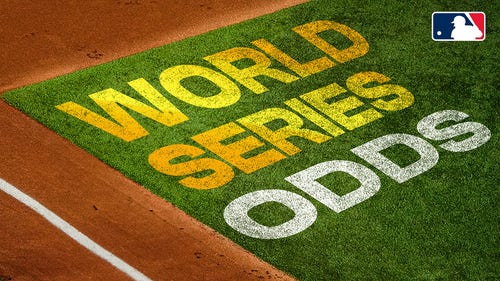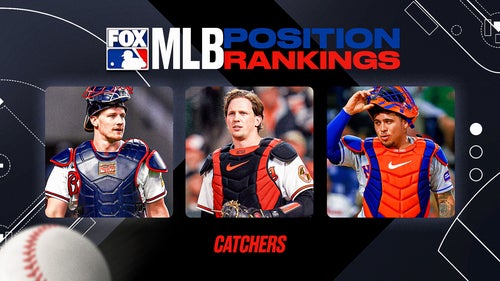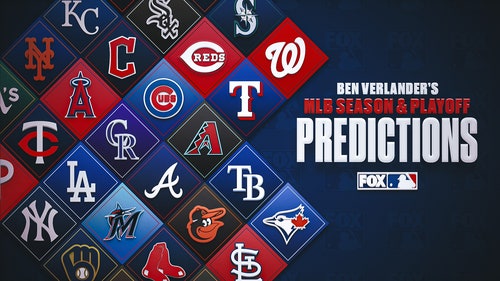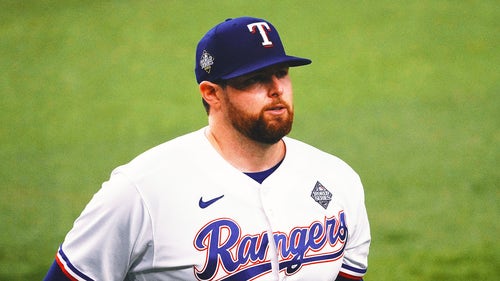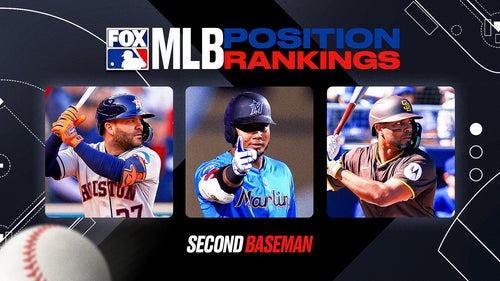
Arizona Diamondbacks: Keyvius Sampson signed to a minor league deal
Mike Hazen, general manager of the Arizona Diamondbacks, added another name to the bullpen mix for next season
Last Saturday, the Arizona Diamondbacks and Keyvius Sampson agreed to a minor league deal.
Nick Piecoro of the Arizona Republic reported the news and added that Sampson would compete for a spot in the bullpen.
The Gainesville, Florida, native was picked in the fourth round of the 2009 amateur draft by the San Diego Padres. Sampson spent the first six years of his professional career at various levels in San Diego’s farm system.
In 2013, the 25-year-old right-hander split the season between Double-A San Antonio and Triple-A Tucson. Sampson made 18 starts at Double-A and pitched to a solid 2.26 ERA.
Later in the year, Sampson was promoted to Triple-A, but he struggled against Pacific Coast League hitters.
In nine starts with the Tucson Padres, Sampson compiled a 7.11 ERA and gave up 10.9 hits per nine innings. Control always has been Sampson’s kryptonite. In 38 innings, he walked 29 and struck out 25.
Heading into 2014, the Padres hoped Sampson would take the next step in his development at age 23. Instead, he continued to struggle.
The Padres moved their Triple-A affiliate from Tucson to El Paso and renamed the team the Chihuahuas, but that did not change Sampson’s performance. He logged 91.2 innings and recorded a 6.68 ERA. Also, he walked 6.7 batters per nine innings with a 1.735 WHIP.
When the 2014 season ended, San Diego designated Sampson for assignment and, in January 2015, the Cincinnati Reds claimed him off waivers.
Keyvius Sampson Mandatory Credit: David Kohl-USA TODAY Sports
Signs of Improvement
Cincinnati hoped a change of scenery would help Sampson flourish and eventually, earn a call-up to the big leagues.
During his first go around in the Reds system, Sampson started to mature. Back in his native state of Florida, Sampson took the mound eight times for the Pensacola Blue Wahoos in 2015. He surrendered nine earned runs in 43.2 innings pitched.
A 2.27 ERA is impressive, but it doesn’t do much for many evaluators at the minor league level. More importantly, Sampson cut his walk rate from 6.7 to 4.9 and allowed two home runs.
More from Venom Strikes
Later that season, Sampson jumped up to Triple-A Louisville. While opposing hitters got the bat to the ball more often against the big right-hander, which is expected, Sampson continued to display improved control.
After allowing 19 home runs between Double-A and Triple-A in 2014, he allowed a total of four in 2015. On July 30, Sampson made his major league debut against the Pittsburg Pirates. He made 12 starts and logged 52.1 big league innings.
Last season, Sampson’s role with the Reds changed. He appeared in 18 games and started twice. Moving from the rotation to the bullpen can be a challenge and that might explain why Sampson has struggled to find consistent results.
Major League ‘Stuff’
Sampson proved to everybody that his pitching repertoire could get big league hitters out. He features both a four-seam and two-seam fastball, a two-seam changeup, a slider and a curveball.
Sampson utilizes his four-seamer to get ahead in the count and establish both sides of the plate. After watching film, it appears that Sampson is not afraid to pitch inside and change eye levels. Both are critical for success, but he needs to become a pitcher rather than a “thrower.”
Sampson has relied heavily on a four-seam, changeup combination thought his minor-league career. But, in his first season with the Reds, Sampson incorporated his slider and curveball more, and last year, he threw his slider 19.1 percent of the time.
Per Brooks Baseball 2016 data, Sampson’s changeup generated a 30.68 whiff percentage, which is considered well above average. Additionally, his curveball had 51.43 whiffs per swing. The problem is Sampson only threw both his curve and change 11 percent of the time.
Get the FanSided App


Instead, Sampson turned to his slider, which has a below average whiff rate. Major-league hitters hit .177, .194 and .048 against his change, slider, and curve respectively. He throws all three in all counts, keeps hitters off balance, and throws them hard.
Sampson’s biggest issue has been the ineffectiveness of his fastball. That pitch became more effective against lefties last season, but righties teed him up to the tune of a .338 batting average against.
Most pitchers want to establish their fastball, and then, other pitches fall into place. Sampson throws his fastball almost 60 percent of the time. He might be too predictable and using his changeup and curveball more in “fastball counts” could help.
The Next Step
Finding a consistent role for Sampson in the bullpen would be the first step. He needs an established role, something he lacked last season, and that could help his confidence.
Simply put Sampson needs to walk fewer batters and give up fewer home runs.
Among relievers with at least 30 innings of work in 2016, Sampson’s 15.5 walk percentage was tied for the worst in baseball with Alexi Ogando. Combine that with his 18.0 HR/FB percentage, and his flyball tendencies, that is a recipe for failure.
The good news is Sampson has this spring to work on both, and he likely needs more seasoning at Reno before possibly joining the Diamondbacks pen.
Want your voice heard? Join the Venom Strikes team!
Incorporating his changeup and curveball more to get hitters off his fastball more should help curb both issues and allow Sampson to produce in Arizona.







































































































































